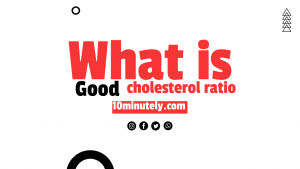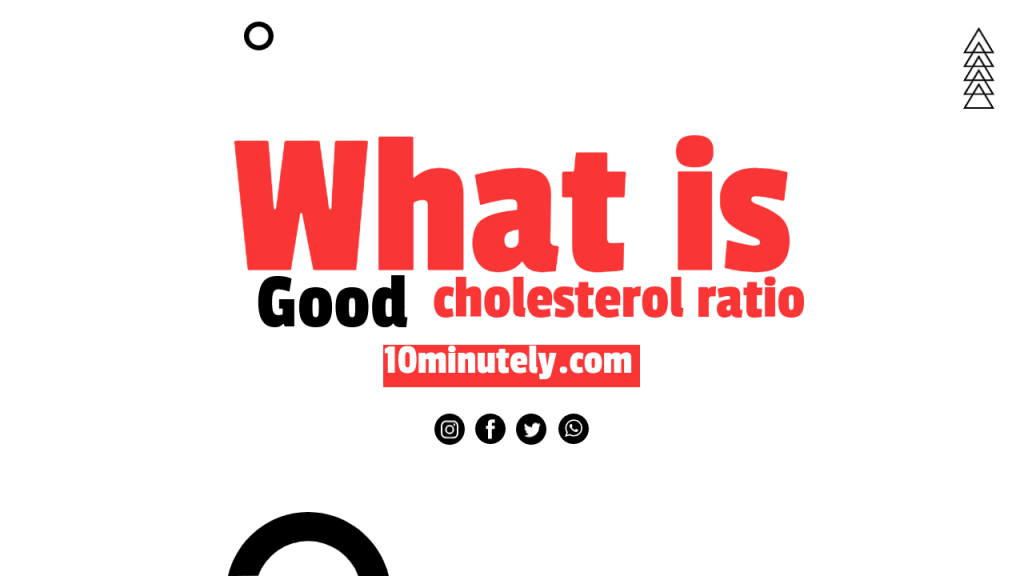
A high total cholesterol to HDL cholesterol ratio is an indication that the person has lipoproteins that can lead to atherosclerosis. This combination is undesirable for the health of the body. On the other hand, a low total cholesterol to HDL percentage is good news. It indicates that a person is on the right track toward a healthy heart. Your doctor will use the ratio to determine the best treatment for you based on all three types of cholesterol.
The ratio is calculated by dividing total cholesterol by HDL cholesterol. A healthy cholesterol ratio is lower than five to one, as a higher ratio means a greater risk of heart disease. A study conducted in 2020 compared different methods of measuring cholesterol to determine the risk of atherosclerotic cardiovascular disease. While those with a higher ratio were still at risk, those with a lower ratio were not at a higher risk.
The ratio is calculated by dividing total cholesterol by HDL cholesterol. A healthy ratio is less than five to one. A low ratio is good, because it means a lower risk of heart disease. Many doctors recommend keeping the ratio at five to one or lower. A four-to-one ratio is also ideal. In this case, the person has a lower risk of heart disease, but still has a high risk of atherosclerotic cardiovascular disease.
While the ratio is often confusing, it is a useful tool for predicting the risk of atherosclerosis. The calculation involves subtracting total cholesterol from HDL cholesterol. Non-HDL cholesterol has a lower optimal value than HDL. An optimal non-HDL cholesterol ratio is less than 130 mg/dL, which is approximately three millimoles per liter. A high ratio indicates an increased risk of heart disease, while a low one lowers the risk.
A high cholesterol ratio indicates that a person has a high risk of heart disease. Too much LDL cholesterol in the blood is detrimental to the heart. Too little HDL increases the risk of heart disease. An optimal ratio is less than four. The ratio should be at least 3.5. The ratio between HDL and total cholesterol is important for a person’s overall health. When this ratio is high, a person is at a higher danger of heart disease.
ALSO READ:
A high total cholesterol level is a warning sign of a high risk of cardiovascular disease. It is important to note that the ratio of HDL and LDL cholesterol should be at least 3.5. In addition, the ideal ratio between the two is based on the gender of the person. Ideally, it should be below five. A high HDL level is more desirable than a low LDL level. Depending on the individual, the ideal total cholesterol ratio can vary.
The ideal ratio between HDL and total cholesterol is a lower ratio than the opposite. The ratio between these two numbers is less than 2.5. This ratio is very important for people with high HDL and low LDL levels. The lower the ratio is, the better. In order to determine the ideal ratio between HDL and LDL, a doctor will have to take several blood tests. This test is often done before breakfast to ensure that the levels are comparable.
Besides the total cholesterol level, a person’s HDL level is also important. By comparing the ratio of HDL and LDL, one can determine the amount of good cholesterol in his or her blood. The higher your HDL level, the better your overall cholesterol is. Conversely, a low HDL number is a warning sign. In either case, it is important to have a high HDL/LDL ratio.
A low-HDL/LDL ratio is the best possible ratio to reduce the risk of heart disease. The lower your HDL level is, the better. The higher your HDL, the lower your total cholesterol will be. If your HDL to LDL ratio is low, you may be at risk for heart disease. A low-HDL/HDL ratio is a sign of a healthy heart. It is better to have more HDL in your blood than a high-HDL/LDL ratio.


